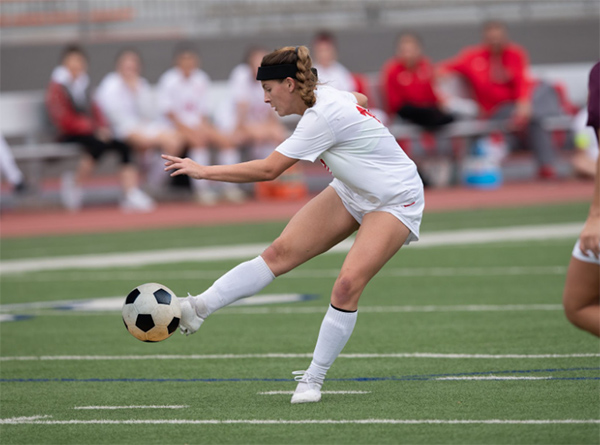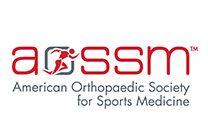
For competitive and recreational athletes alike, hip pain can quietly disrupt performance long before it becomes debilitating. When pain deep in the groin or hip worsens with rotation, sprinting, or kicking, two common culprits often work together: femoroacetabular impingement (FAI) and hip labral tears. Here’s how these conditions are connected and what treatment options can help restore performance.
Understanding Femoroacetabular Impingement (FAI)
FAI occurs when the bones of the hip joint, specifically the femoral head (ball) and acetabulum (socket), don’t fit together smoothly. This abnormal contact creates friction during movement, gradually wearing down cartilage and stressing the labrum, the ring of tissue that cushions and stabilizes the hip joint.
There are two main types of FAI:
- Cam impingement: The femoral head is misshapen, causing it to rub against the socket during motion.
- Pincer impingement: The acetabulum covers too much of the femoral head, pinching the labrum.
Athletes involved in sports requiring repetitive hip flexion and rotation, such as soccer, hockey, dance, and martial arts, are especially prone to developing these structural changes over time.
How FAI Leads to a Hip Labral Tear
The labrum acts like a seal, maintaining stability and distributing pressure within the hip joint. When FAI causes repeated pinching or grinding, the labrum can begin to fray or tear. A torn labrum often produces symptoms such as clicking, catching, stiffness, or pain that radiates to the groin or thigh.
Left untreated, both FAI and labral tears can accelerate cartilage wear, increasing the risk of early hip arthritis. That’s why early diagnosis is critical for preserving joint health and returning to full athletic function.
From Diagnosis to Recovery: Treating FAI and Labral Tears
Accurate diagnosis begins with a detailed physical exam and imaging studies such as X-rays and MRI to identify the source of impingement and the extent of the tear.
Non-surgical treatments, including rest, targeted physical therapy, and activity modification, can relieve symptoms in mild cases. However, athletes with persistent pain or mechanical symptoms may benefit from hip arthroscopy, a minimally invasive procedure used to reshape bone abnormalities and repair the torn labrum.
When performed by a surgeon specializing in hip preservation, arthroscopic correction can restore joint mechanics, reduce pain, and help athletes safely return to their sport. Book an appointment with Dr. Bharam to discuss your symptoms and discover treatment options tailored to your lifestyle.
AUTHOR: Srino Bharam, MD, MBA, is a board-certified, fellowship-trained sports medicine orthopedic surgeon and professor of orthopedic surgery specializing in the treatment of athletic injuries of the hip and groin. Dr. Bharam has over 20 years of experience in treating injuries and conditions of the hip to restore athletes and patients to an active lifestyle.












